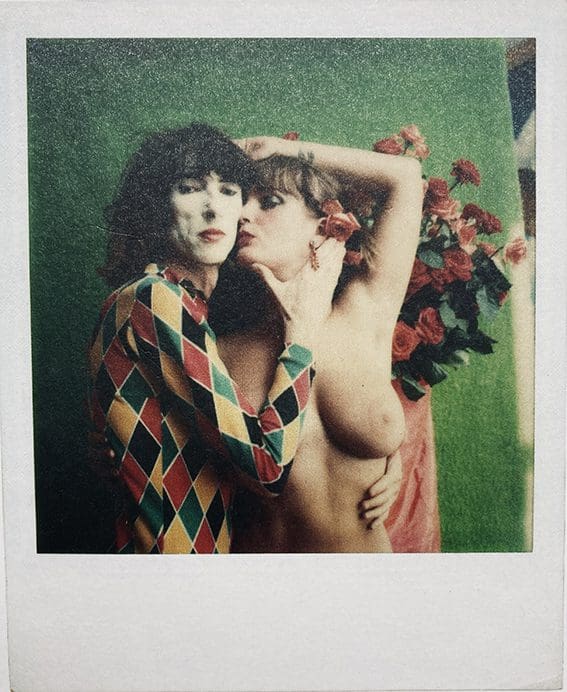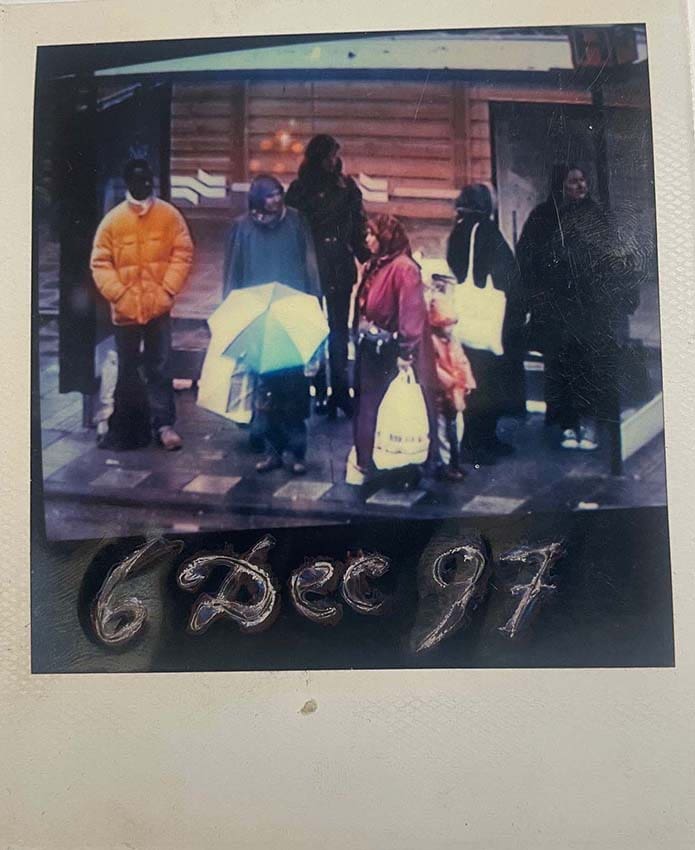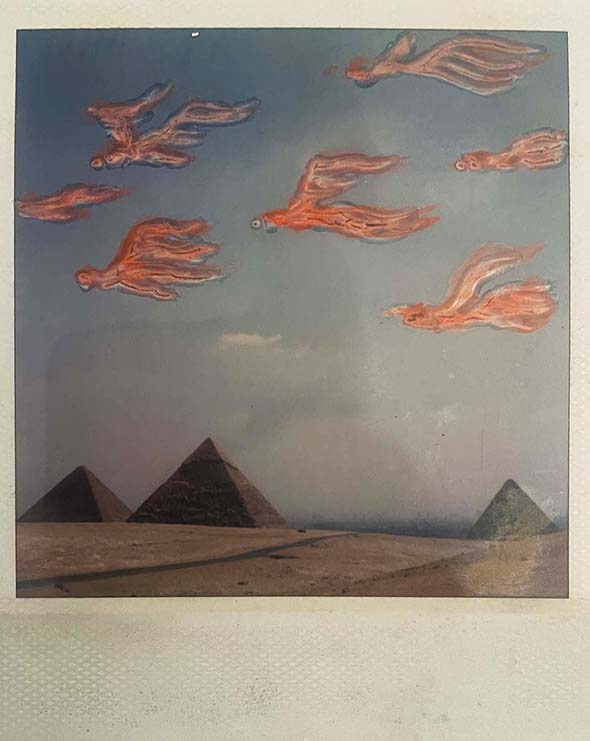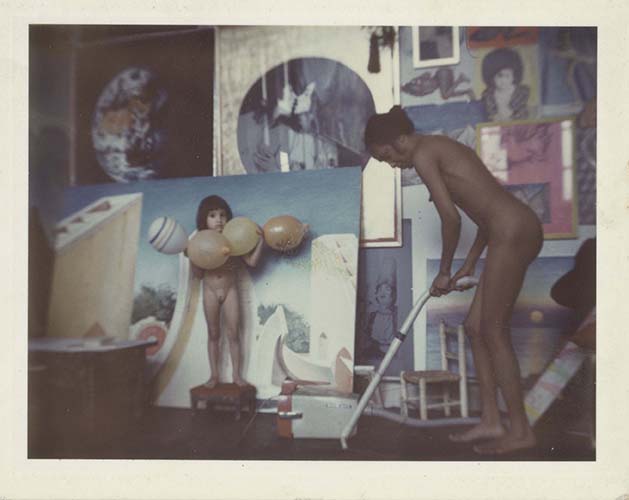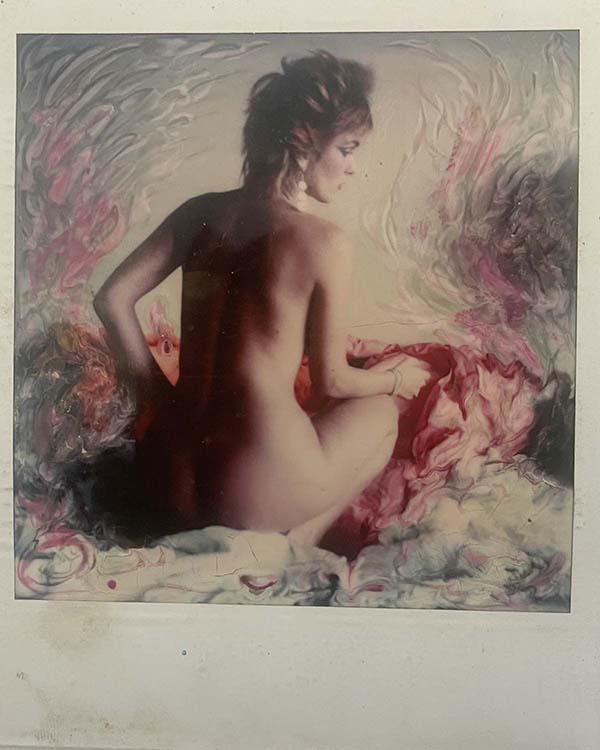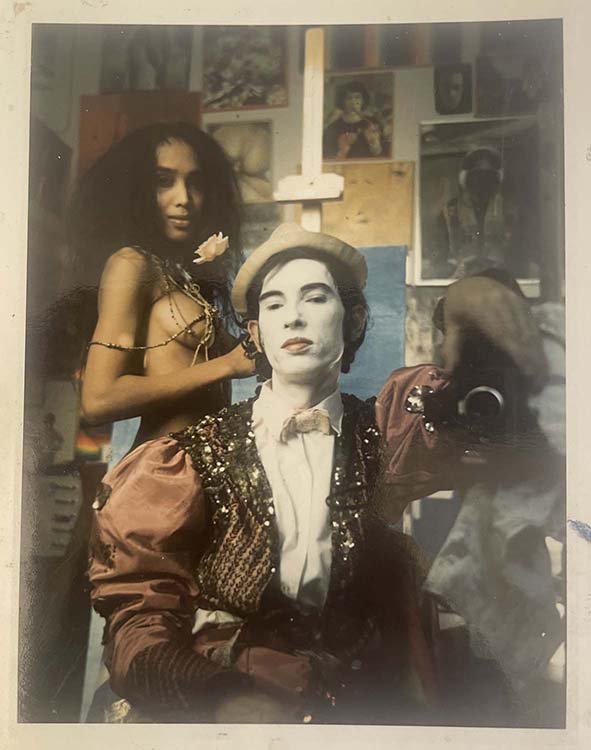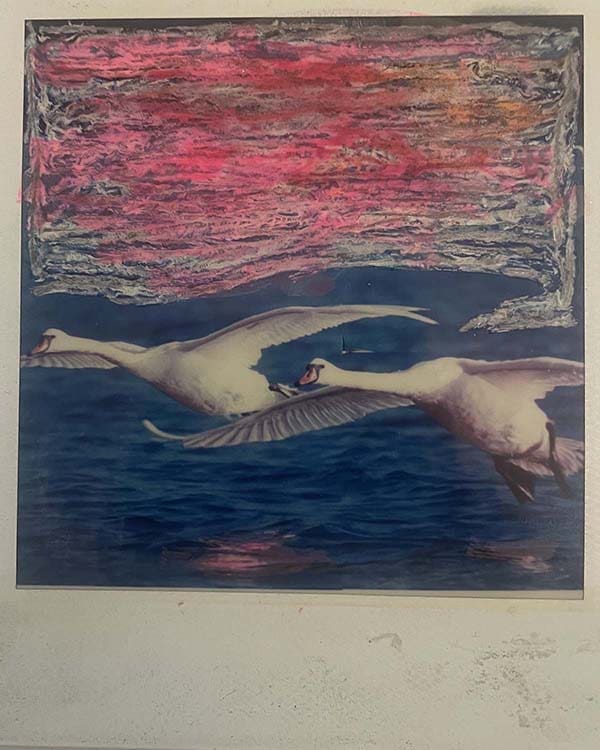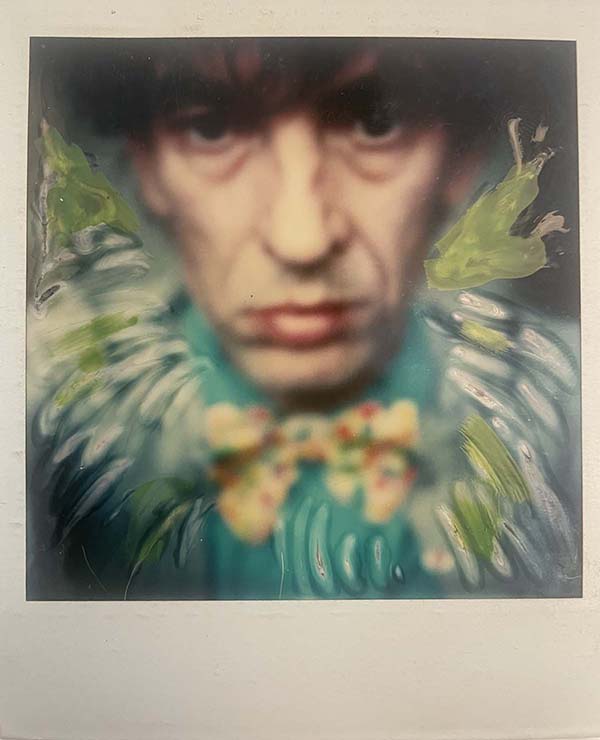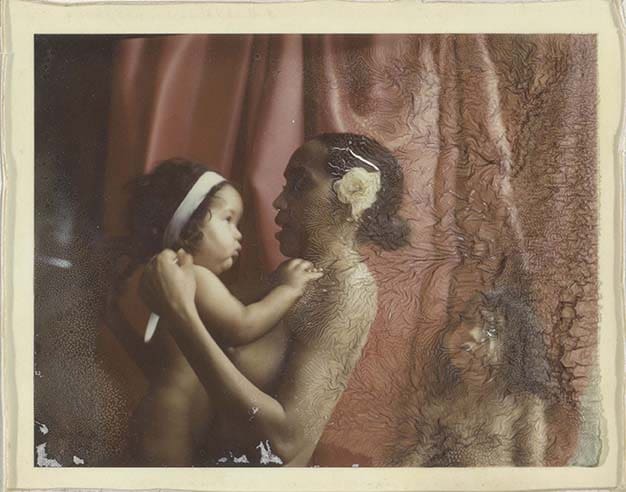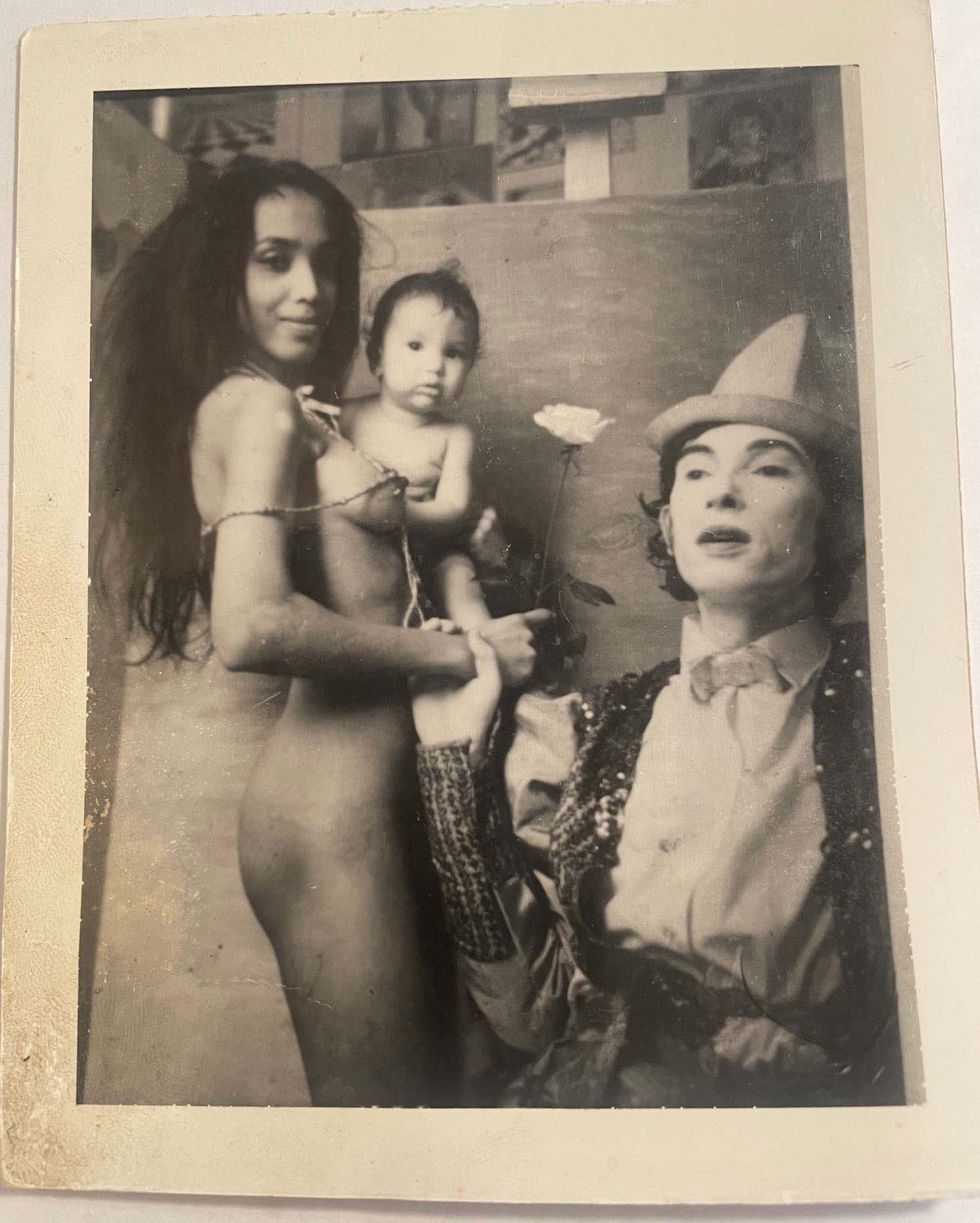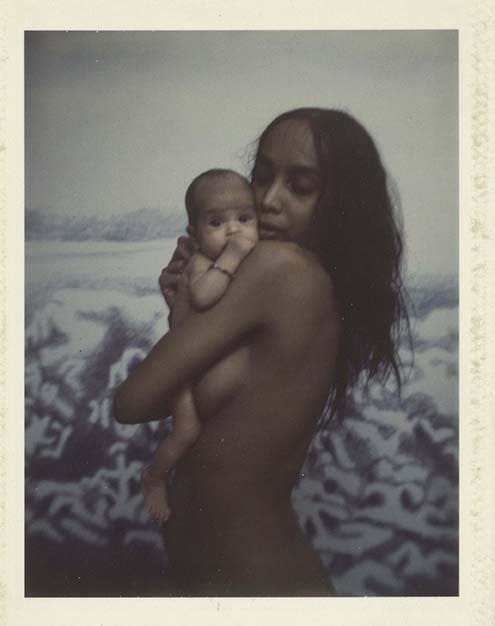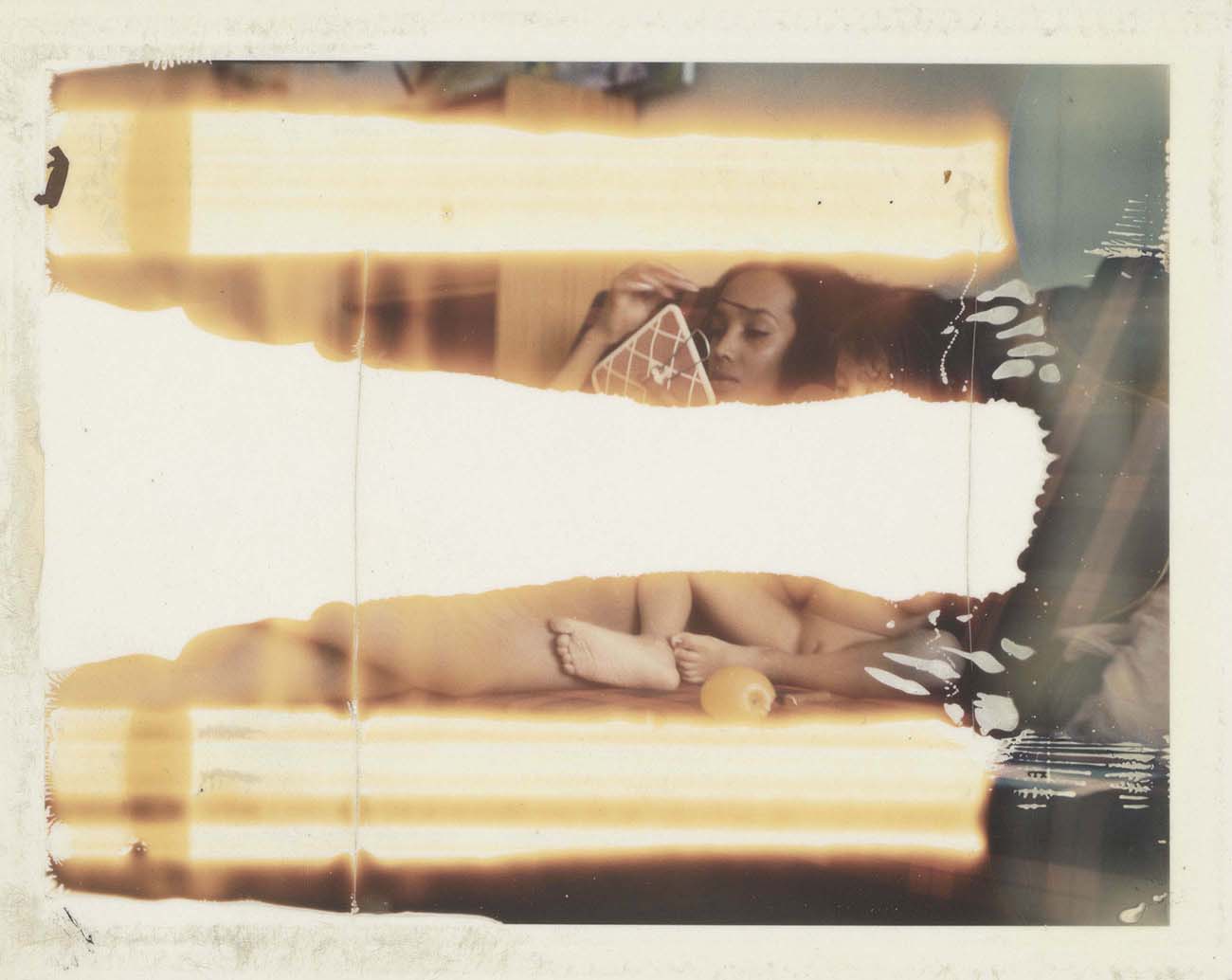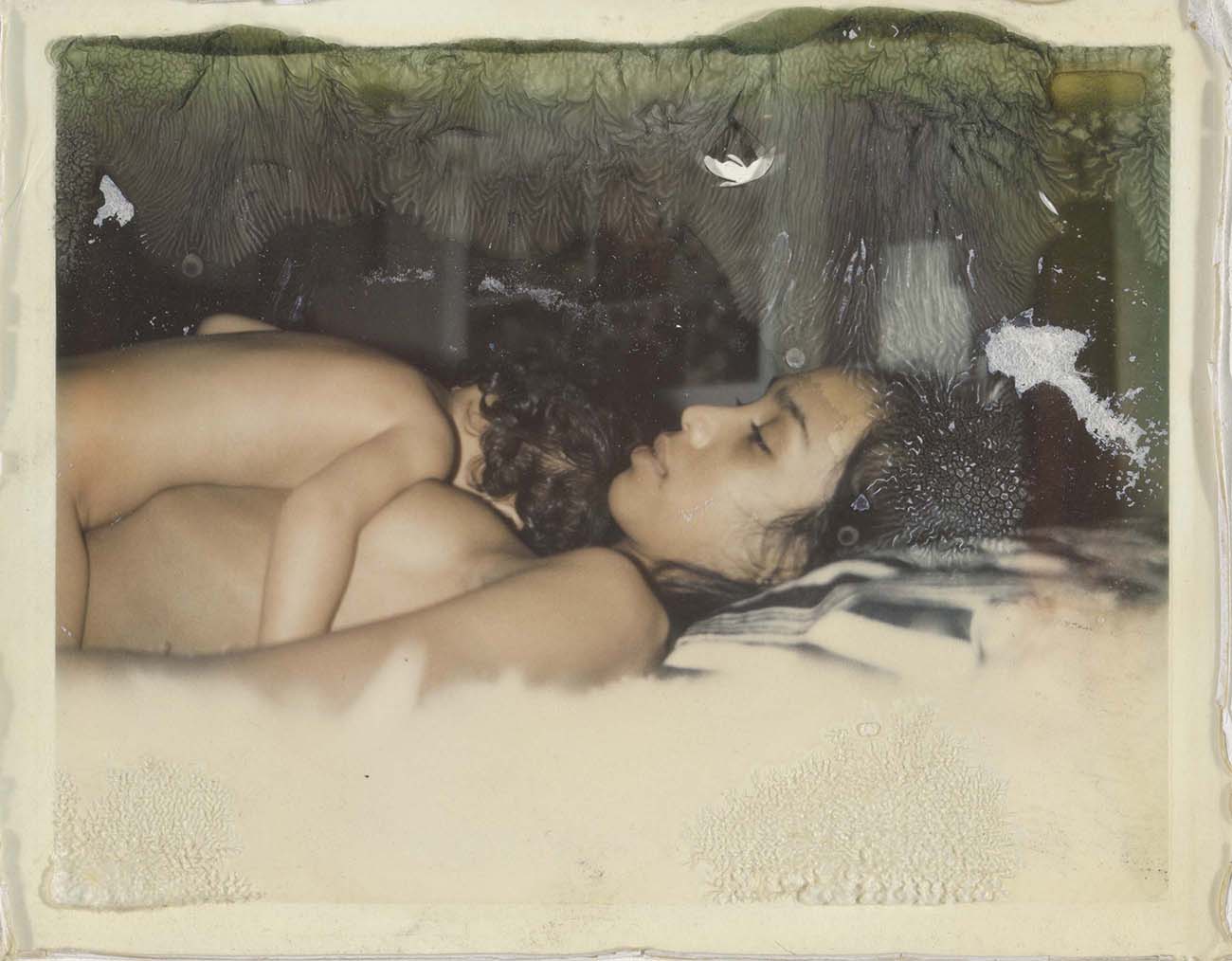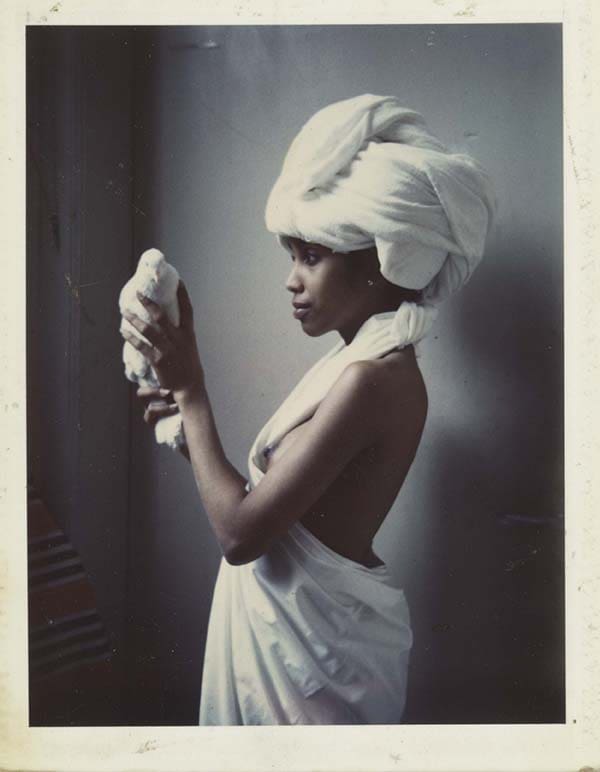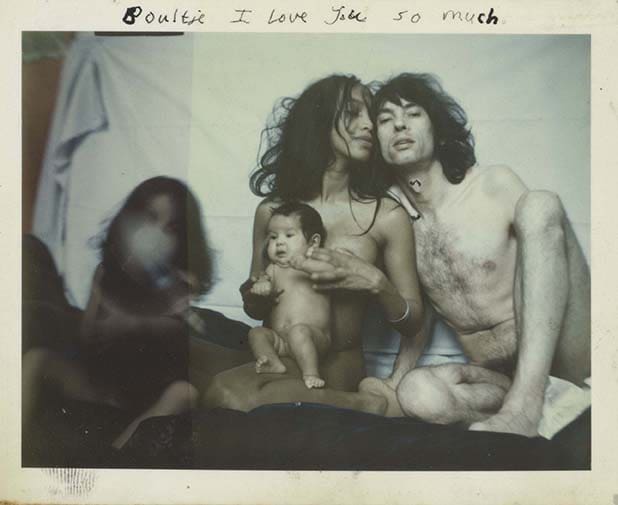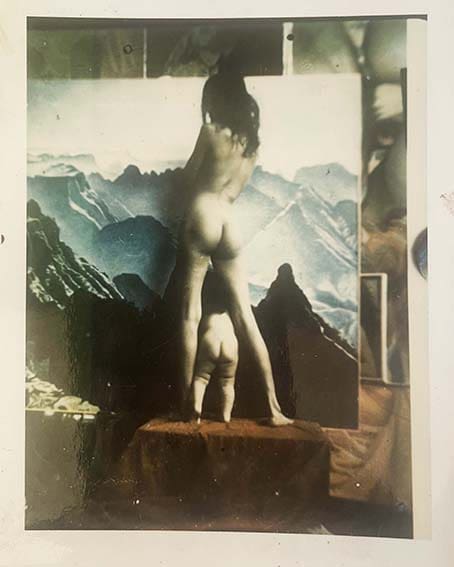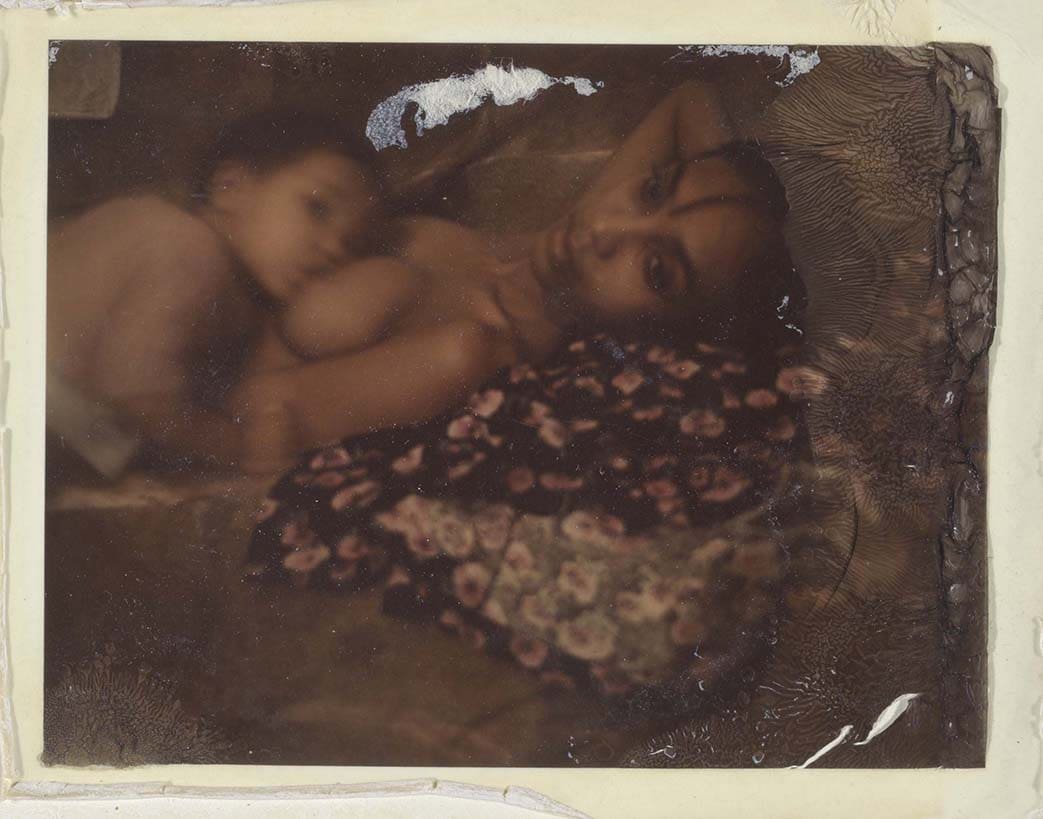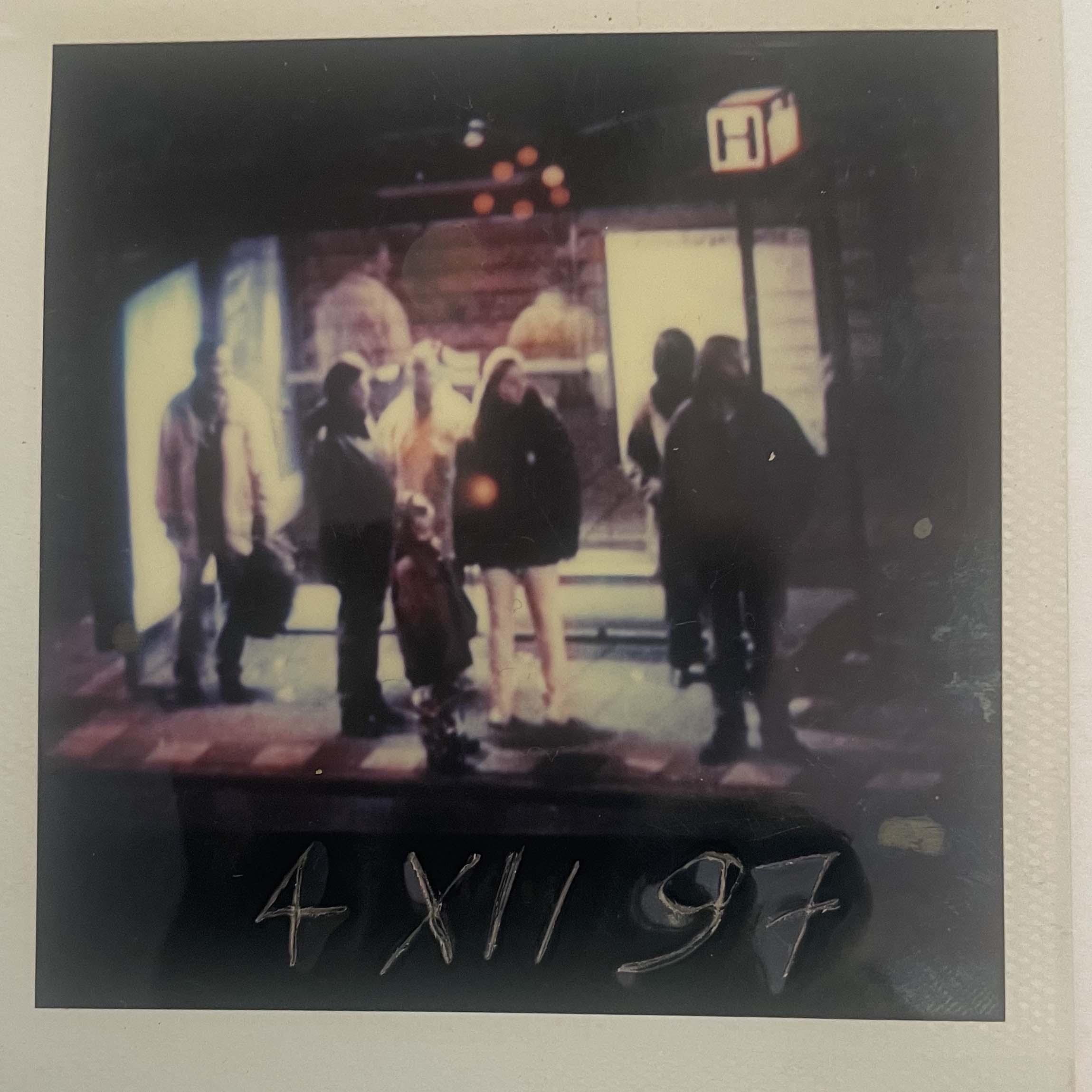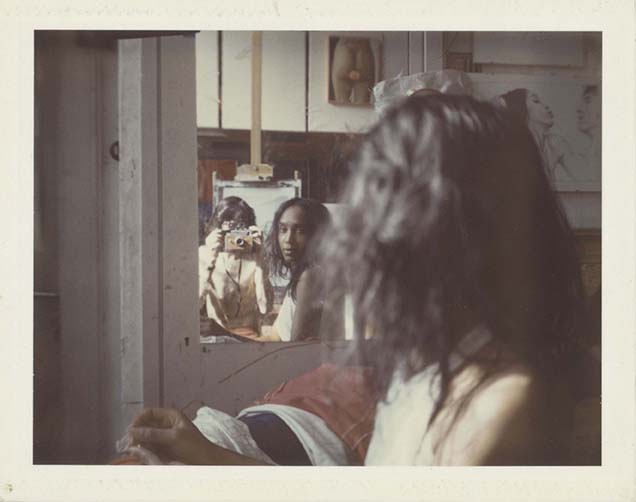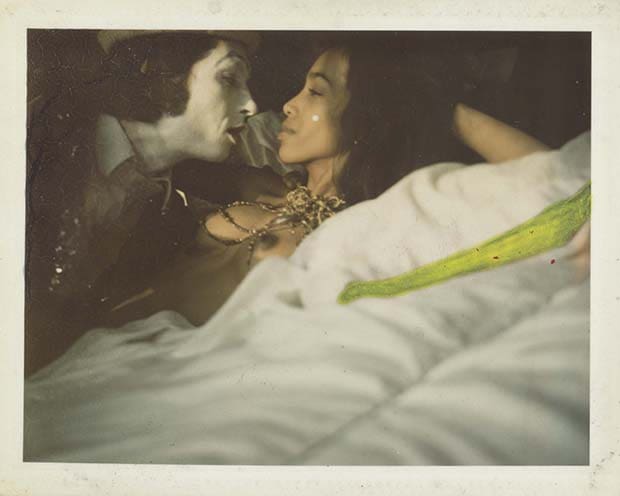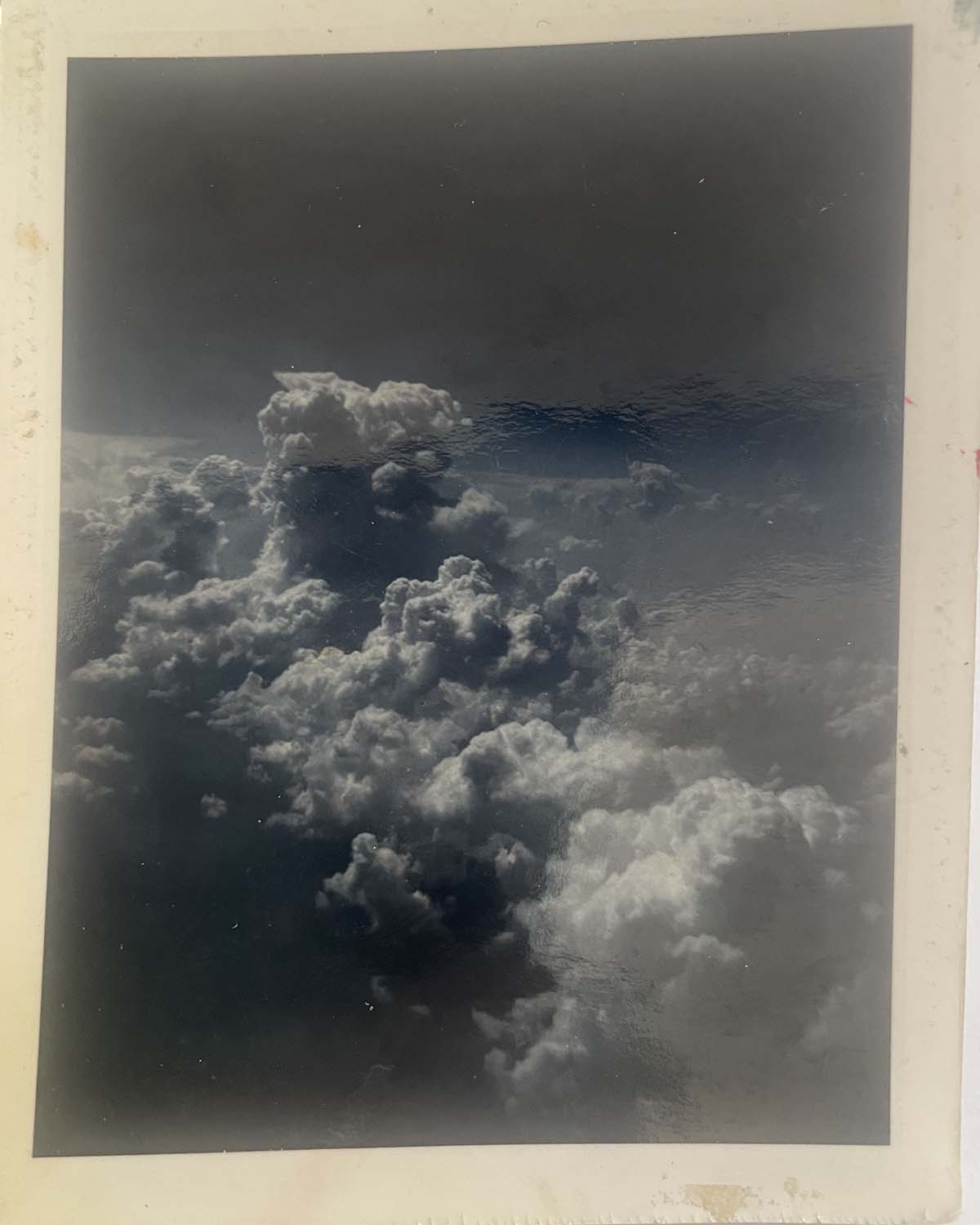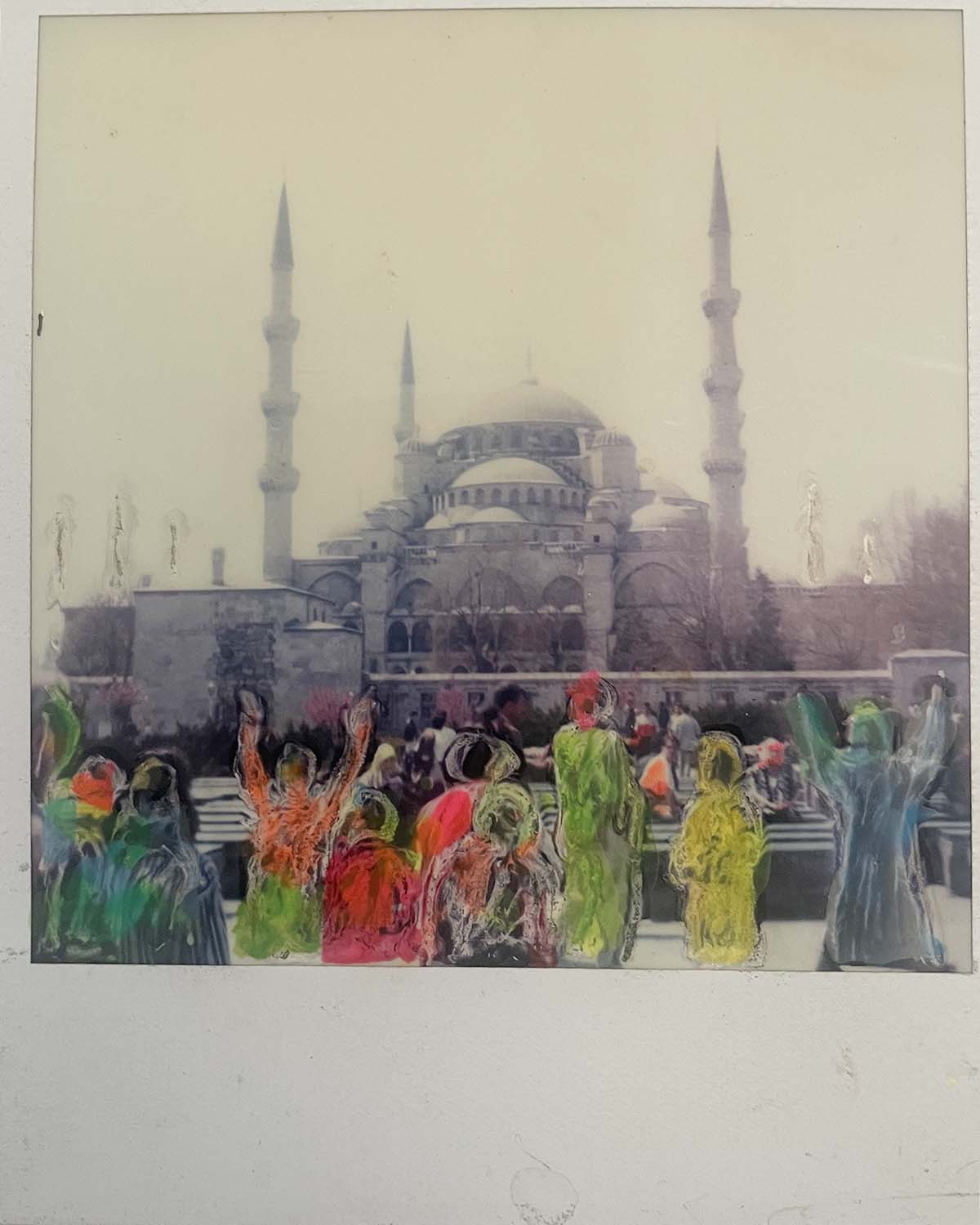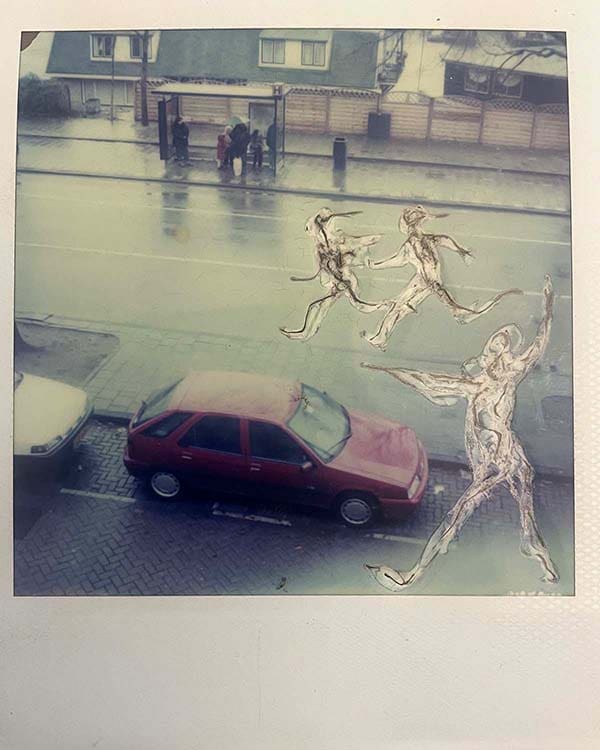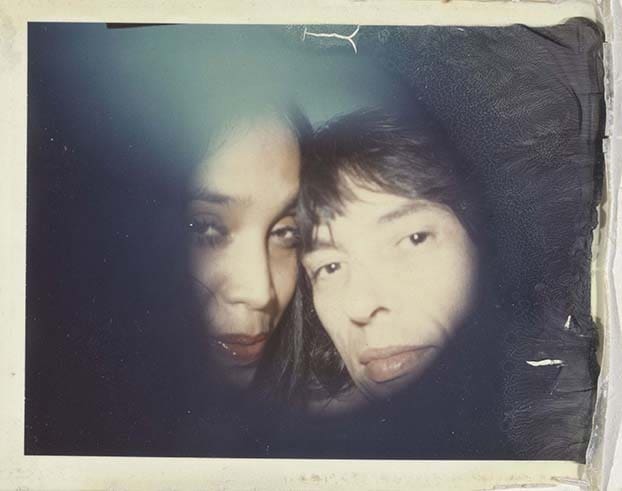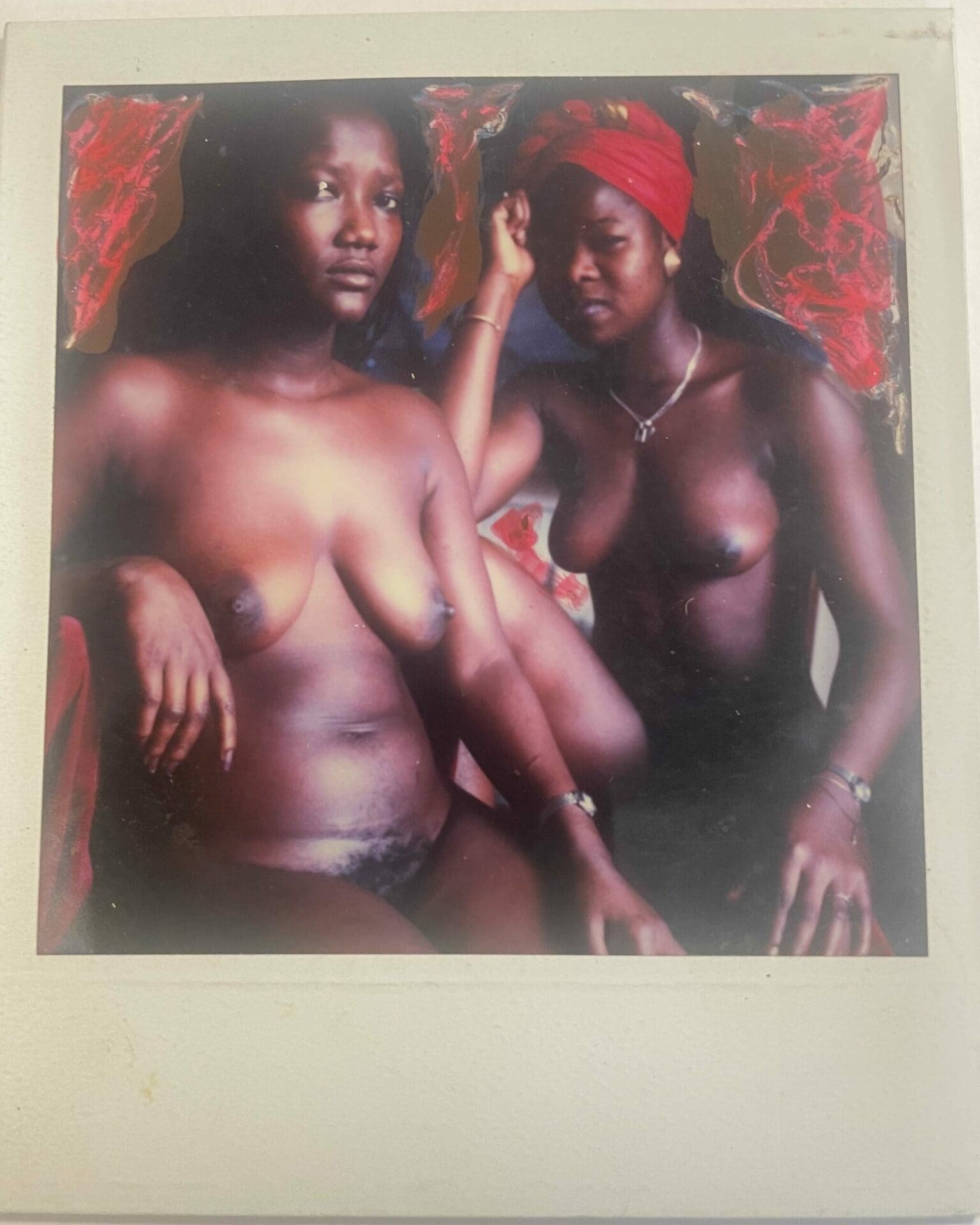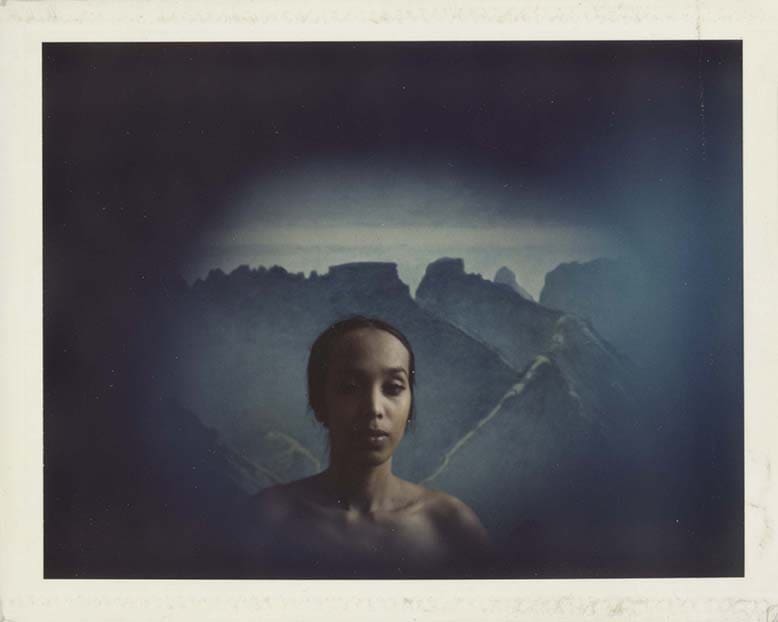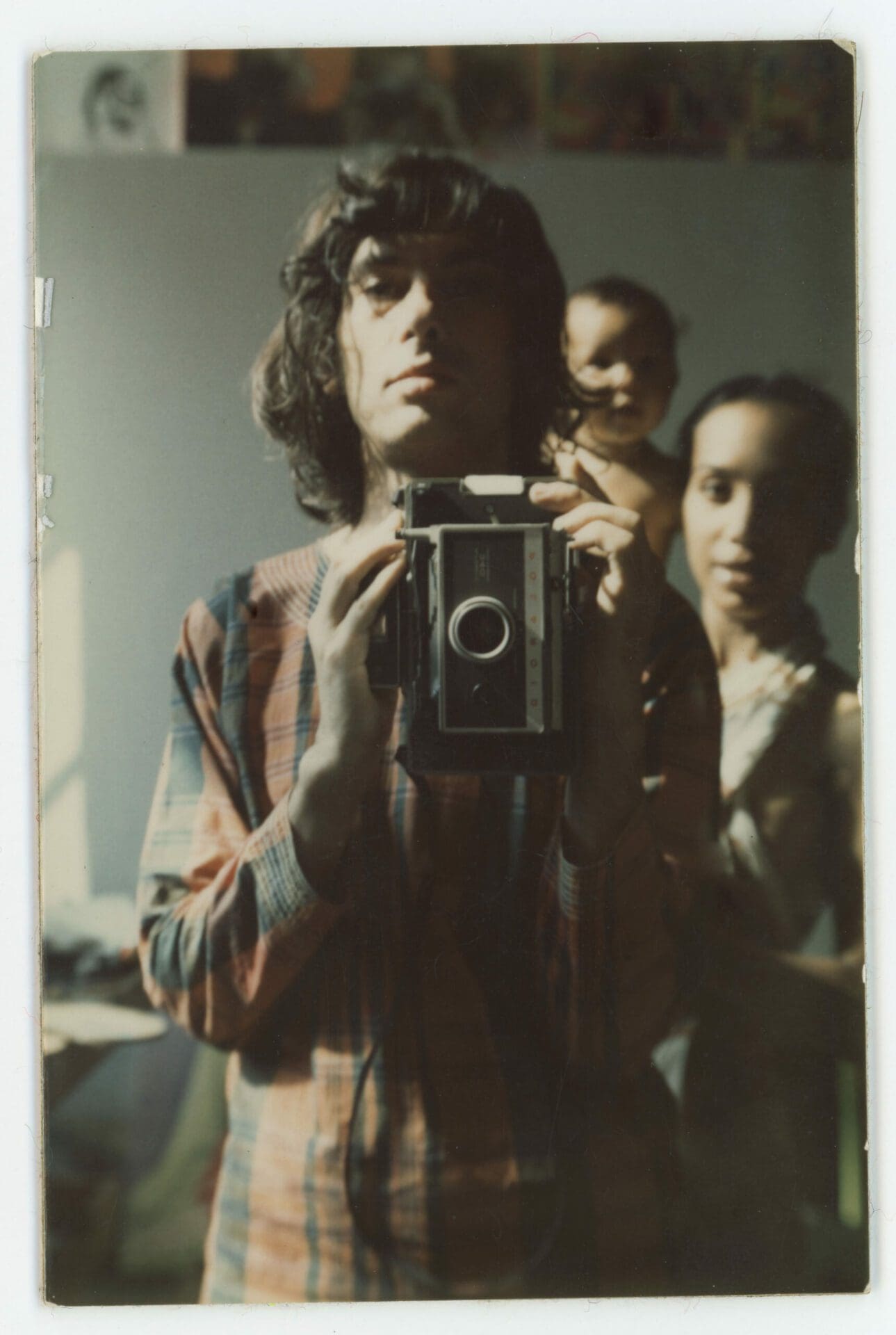More than 4500 Polaroids are in the collection of the Rijksmuseum
By Ed the Heer
Aat Veldhoen was a versatile artist. In addition to prints, drawings and paintings, he made sculpture, tile tableaus and painted ceramics. Much has been written about the artist, but not all of his artistic activities received the attention they deserve. This applies in particular to his photographic work and in particular to the Polaroids he produced. The cause must be sought in the utilitarian character of Veldhoen’s photographs, which were initially mainly used as an aid in the creation of prints and paintings.
Veldhoen made use of photography throughout his career. Initially, photographs functioned as an aide mémoire, a memory aid that enabled him to work on a portrait, for example, without the presence of the sitter being necessary. Photography was also an indispensable means of recording short-term situations. His series of twelve prints of road traffic victims in the years 1962-64 could not have been created without the help of photography. Veldhoen rode with police cars for weeks, but there was not much time to draw at the scene of the accident, given the urgent nature of the situation. The camera provided a solution.
A similar situation occurred during the realization of his beautiful series of couples making love from the early 1960s, for which he found a friendly couple willing to pose. It would have been a technical feat if the couple had been able to stretch the moment of supreme ecstasy until Veldhoen had finished his drawing, so it was practical to photograph the scene. The convincing way in which the facial expressions are depicted during the climax would not have been possible without the intervention of photography.
In addition to this more or less documentary photography, there is an experimental variant that can be compared to the traditional preliminary study. Sometimes this involves an entire composition, but usually it concerns the design of a detail for which he is looking for the best solution. Much of this early photographic material has been lost due to water damage. One of the few surviving examples are the preliminary studies for the two naked female figures, flanking three police photos, in the painting “Police Photos”. This material shows how Veldhoen looks for the best solution by varying his posture. However practical this way of working may be, it had a major disadvantage: the result could not be viewed until the film had been developed and printed. This not only resulted in a lot of time being lost, but also seriously disrupted the continuity of the creative process.
The ability to immediately assess the end result and take a new shot if necessary, made the Polaroid technique extremely suitable as an aid in the creation of his paintings. Among the thousands of Polaroids that Veldhoen made, there are a large number of such preliminary studies. In some cases, such as the monumental bed scene, several studies have been preserved, making it easy to follow Veldhoen’s artistic search for the ultimate solution. It is evident that the Polaroid technique provided an enormous boost to his creative process due to the immediate availability of the print. But the technique also offered the opportunity to edit recently taken photos by drawing with a pointed object in the emulsion layer that had not yet hardened. Veldhoen mastered this technique, which could be called analogue photoshopping, down to the last detail and produced hundreds of such manipulated Polaroids. Although the end result was intended as an independent product, these special photos also regularly served as the starting point for a painting. Text by Ed de Heer



